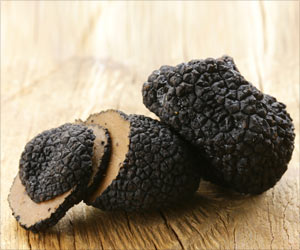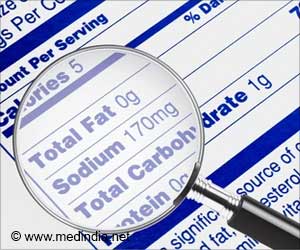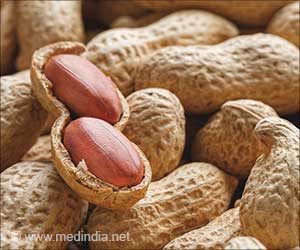Can you make out the difference between the real truffles and synthetic truffle? If not, here is something a scientist has come up with in order fight against food fraud.

‘This test could be validated to detect food fraud in the food industry. Since truffles are highly prized for their distinctive smell, they are also a prime target of food fraud.’





White truffles (Tuber magnatum Pico) are the most valuable species of the fungus, and researchers have previously identified bis(methylthio)methane as the key compound responsible for white truffle aroma. Synthetic bis(methylthio)methane, produced from petrochemicals, has been approved by the World Health Organization as a food additive, yet some foods made with this cheaper compound may still command a premium price if consumers believe that they contain authentic white truffles. Current methods cannot reliably discriminate between natural and synthetic bis(methylthio)methane. To help fight food fraud, Luigi Mondello and colleagues wanted to develop a new approach. The researchers exploited the differences in carbon isotope ratios between plant- and petroleum-derived versions of bis(methylthio)methane. After optimizing the technique of multidimensional gas chromatography coupled to combustion-isotope ratio mass spectrometry, they used the method to compare the carbon isotope ratios of bis(methylthio)methane from 24 genuine white truffles harvested at different locations in Italy, two commercial intact truffles and 14 commercial samples of foods flavored with truffles or truffle aroma.
The approach could discriminate foods that contained synthetic truffle aroma or a mixture of synthetic and natural aromas, and it could distinguish among products containing white truffle and those containing other species of the fungus. The researchers conclude that the improved technique can help validate foods that claim to hold truffles or natural truffle aroma.
Source-Eurekalert











